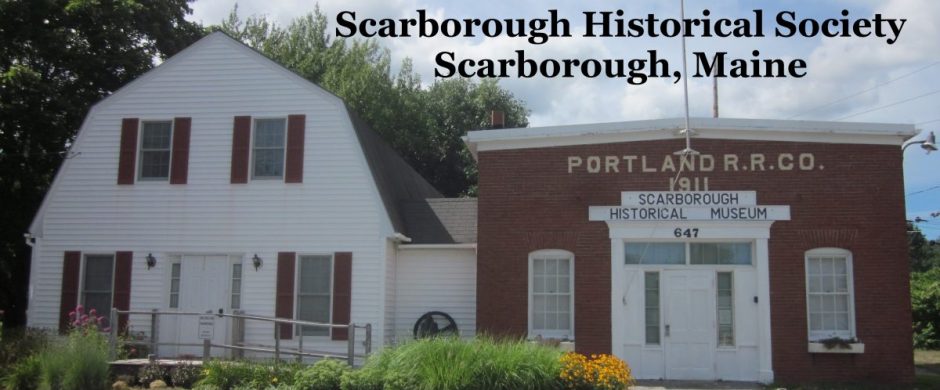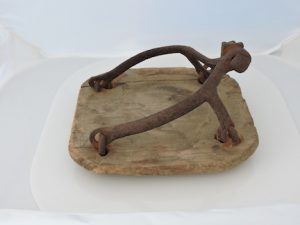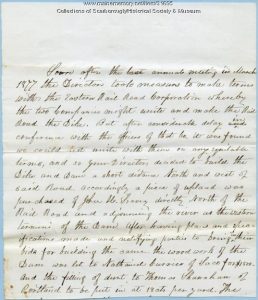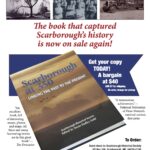Part 2 of 3
Text by Bruce Thurlow
Images from Scarborough Historical Society, Bruce Thurlow, Friends of the Scarborough Marsh, Maine Audubon and Scarborough Marsh Audubon Center.

Moses Banks Map of Scarborough, ca. 1784
Digital Maine
The Scarborough Marsh has long been important to the people living near it. Here the Sokokis Indians found an abundance of fish, shellfish, waterfowl and other natural resources as they hunted, trapped, clammed and fished in the marsh. When European settlers arrived in the early 1600s they, too, quickly learned the value of the marsh. It was a source of food for themselves as well as their domestic animals. They harvested salt hay as fodder for cattle and sheep and used the marsh for summer pasture. Many settlers were often assigned a marsh lot (or lots) for grazing their animals, later deeding these lots to their heirs. A 1784 survey of the marsh by Moses Banks noted owners of marsh lots at that time.
Salt hay continued to be important to the people of Scarborough well into the 1800s, as it became a source of income for owners of marsh property. Abundant salt hay, which required no cultivation, was used to feed cattle. Once cut, horses and oxen, shod in bog shoes, hauled the harvested hay to staddles. To increase acreage yields, large-scale diking was undertaken. Ditches were dug to drain wet, mosquito-breeding areas; pannes were filled; and tide gates (sluiceways) were constructed to prevent tides from flooding areas of the marsh. Five different diking companies were formed during this period.
Dr. Robert Southgate built the first dike between 1803 and 1804, soon followed by a corporation formed to dike the marsh area of the Spurwink River. After the Civil War Seth Scamman and partners formed the Cumberland Diking Company, the Little River Diking Company and the Southgate Diking Company. Moses Banks’ 1784 survey map became the basis for all marsh lot purchases, work and disputes involving these companies. (Corporation meeting notes and minutes were kept by George Boothby. These and other company papers, known as the “Boothby Papers”, are archived at the Scarborough Historical Society.)
Haying declined in the 1900s and some looked upon the marsh as a wasteland, an inexpensive place to fill and build. Reportedly the marsh was even proposed as a possible site for the town dump. The delicate ecosystem of the marsh had already been threatened by activities of the diking companies during the 1800s. Rail lines, roads and a pipeline across the marsh also negatively impacted the area, disturbing the hydrology, soils and natural vegetation and creating opportunities for establishment of invasive plant species.




Pingback: Scarborough Marsh: “Land of Much Grass” – Part 1 | Scarborough Historical Society